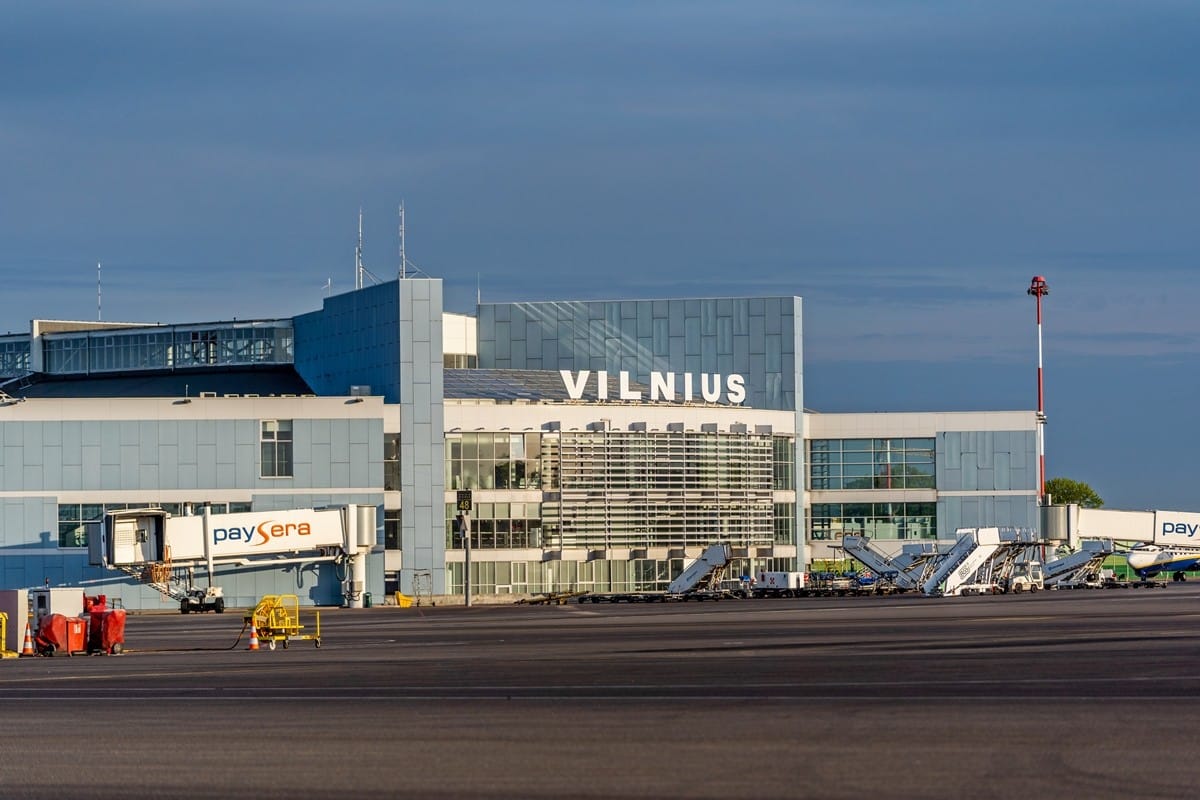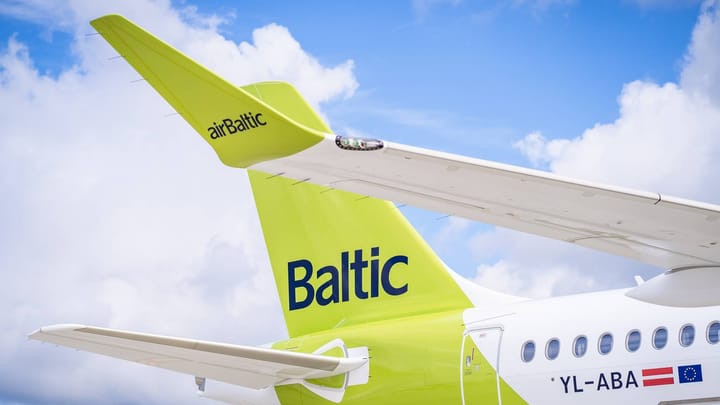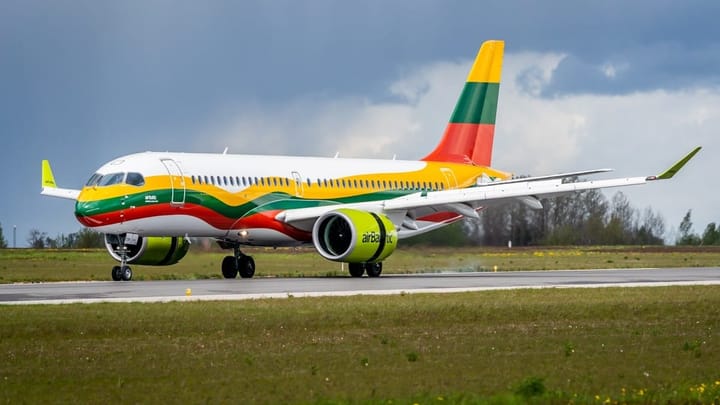Lithuanian PM admits country has been lucky to avoid any balloon-related aircraft incidents
There had been at least six balloon-related airspace closures in the past three weeks alone.

In a press conference, Inga Ruginienė, the Prime Minister (PM) of Lithuania, admitted that new equipment has allowed the country’s officials to improve the country’s airspace monitoring, which has resulted in multiple airspace closures throughout the past few weeks.
On October 27, Ruginienė, when asked what had changed between last year, when balloons that had originated in Belarus had also entered the airspace of Lithuania, and the past couple of weeks, when multiple instances of balloon incursions resulted in airspace closures, said that “last year, we were like blind chickens” and due to the lack of radar coverage, the country’s officials simply did not witness the objects that they see now.
“Thank god that a serious accident did not happen, and simply put, we did not see some of the objects that moved into [our] airspace, which resulted in [the previous] decisions to not close the airspace.”
Today, the country is much better equipped to deal with such threats, or as other officials have put it, hybrid attacks, “and as a result, we evaluate the risks and we think that we have to take action to protect our citizens.”

Ruginienė spoke after more meteorological – or, as some have dubbed them, contraband – balloons had entered Lithuania’s airspace, forcing the closure of Kaunas Airport (KUN) and Vilnius Airport (VNO).
In addition to the closures these past few days, the two Lithuanian airports were closed on October 21 and October 4, as well as multiple times beforehand, with some of the previous incidents being blamed on illegal drone activity.
According to data that Flightradar24 provided to The Engine Cowl, during the incidents in October, at least 43 flights had to divert from either KUN or VNO to, for example, Riga Airport (RIX) or returned to their origin airport.
A further 49 flights were canceled, activated their transporder only on the ground, or were not tracked at all, the flight tracking service said.
In a statement following this weekend’s events, VNO said that the airport’s air traffic had been halted between 21:42 local time (UTC +2) on October 26 and 04:30 local time (UTC +2) on October 27.
The airport was also closed for traffic between 21:35 on October 25 and 03:30 on October 26, between 20:31 on October 24 and 02:35 on October 25, between 22:23 on October 21 and 06:40 on October 22, and between 22:16 on October 4 and 04:50 on October 5.
The common denominator between these events has been that not only the closures happened during the night, but also that the weather – or contraband – balloons were launched from the territory of Belarus.
Ruginienė confirmed that the Lithuanian military was approved to shoot down any balloons going forward and that if that does happen, the ground border crossings between Lithuania and Belarus will be closed.
Meteorological balloons do pose a risk to commercial aircraft. While such cases are extremely rare, on October 16, a United Airlines Boeing 737 MAX 8, registered as N17327, operating flight UA 1093 from Denver International Airport (DEN) to Los Angeles International Airport (LAX), was forced to divert to Salt Lake City International Airport (SLC).
Images, later posted on social media, showed a shattered cockpit window and injuries to one of the pilots.
United Airlines Boeing 737 MAX hit by suspected space debris midair at 36,000 ft - the first incident of its kind in aviation history.
— World of Engineering (@engineers_feed) October 20, 2025
A United Airlines flight from Denver to Los Angeles (UA1093) was forced to divert to Salt Lake City on October 16, 2025, after a cockpit… pic.twitter.com/jsUjrcIVjv
In a statement on October 21, John Dean, the Chief Executive Officer (CEO) of WindBorne, a company that builds smart weather balloons, confirmed that it might have been the company’s balloon.
“We learned about UA1093 and the potential that it was related to one of our balloons at 11 pm PT on Sunday and immediately looked into it. At 6 am PT, we sent our preliminary investigation to both NTSB [National Transportation Safety Board – ed. note] and FAA [Federal Aviation Administration – ed. note], and are working with both of them to investigate further.”
Dean explained that the company files Notice To Air Missions (NOTAMs) and shares the locations of its balloons with the FAA, noting that its constellations were “designed to not pose a risk to human life in the worst case event of a collision.”
“However, I'm still surprised to see spallation of the windshield on the inside. I find this extremely concerning and unacceptable in the case of a collision, regardless of what the official regulations are. It resulted in injury to a pilot, which I'm simply not okay with whatsoever.”
The NTSB said that it was investigating the incident, with the 737 MAX 8’s windscreen being sent to its laboratories for further examination.





Comments ()